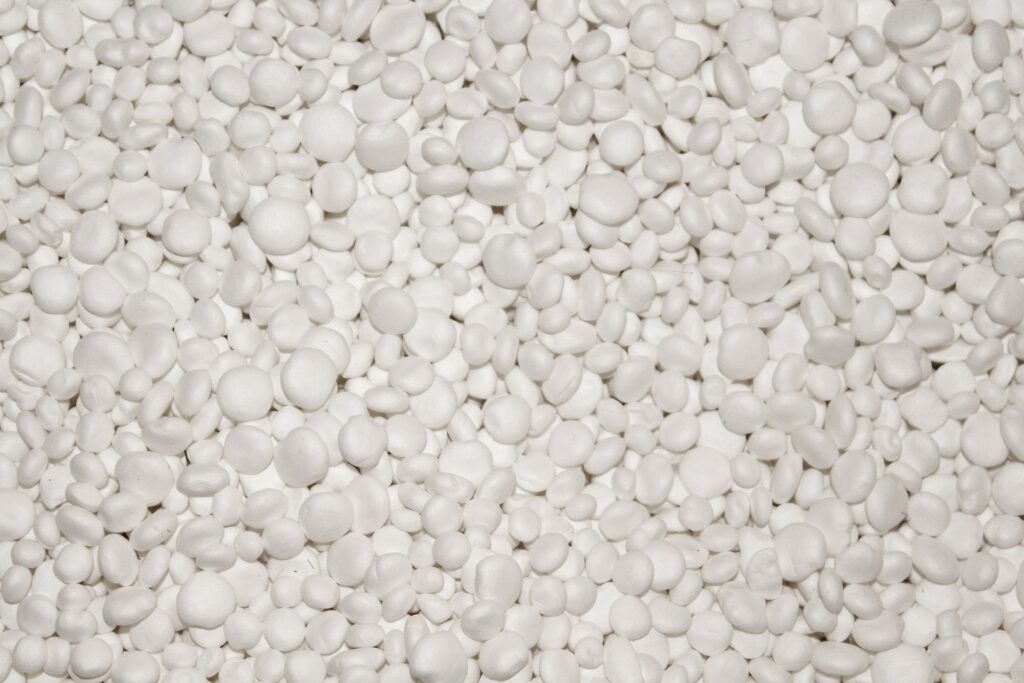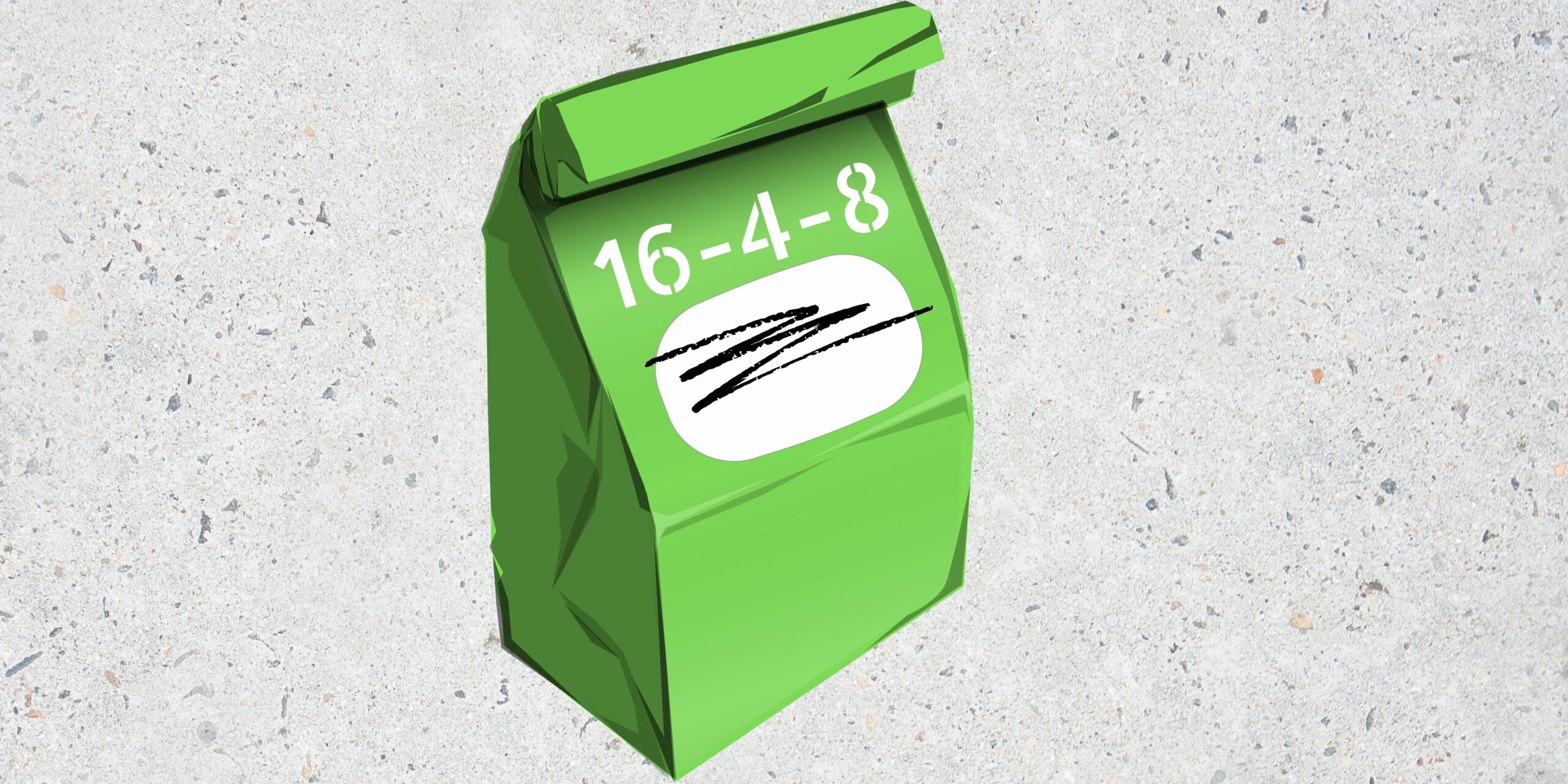Fertilization Numbers: What Do They Mean?
If you’ve ever bought fertilizer, you’ve probably noticed the three numbers that are always on the front of the bag. Despite looking intimidating, these numbers are actually really simple and easy to understand. Knowing what they mean will be very helpful to you when trying to decide which fertilizer to choose! Different fertilizer companies may make claims and promises, but if you know what the numbers on the package mean, you’ll know for sure if it’s an effective product or not. Read the following article for information on how to interpret fertilizer numbers.
What Those Numbers Stand For
In order for customers to know what they’re buying it’s good to have a universal way to label and identify fertilizer. That’s where these numbers come in handy! The three numbers on bags of fertilizer stand for the three most commonly deficient nutrients in soil: nitrogen, phosphorus, and potassium. Fertilizers put those elements into plant-available forms such as nitrate, potash, and phosphate. The number that represents each measurement is a percentage of what amount of plant-available nutrients are in the bag. For example, a bag that says “5-10-2” has 5% nitrogen, 10% potash, and 2% phosphate.
How to Calculate How Much Nutrients are in the Bag
The calculation for the nutrients is fairly simple. All you have to do is take the amount of fertilizer and multiply it by the percentage. For example, if I want to know how much potash there is in a 30-pound bag that says “10-2-0”, I would do 30 multiplied by .02 to find that there are .6 pounds of potash in the 30-pound bag.
What Blend is Best?

The reason that Nitrogen, Phosphorus, and Potassium are commonly blended together is that those are the nutrients most commonly missing from the soil. In most cases, chances are your soil is deficient in at least one of those elements. If you’re just looking for a general good fertilizer for your landscape, a fertilizer with these three things will almost always help. However, different blends will offer different results, so how can you know if you’re getting the right one?
Almost always you’re going to want to get a fertilizer that is rich in nitrogen. Nitrogen is the #1 nutrient that is deficient in soil because plants require so much of it. It is often lost from plants and soil because it can be carried away by water and can be “leached” from the area where plants can retrieve it. When deciding on a good blend for your yard, choosing something with a good amount of nitrogen will ensure that your plants get as much as they need!
Deciding how much phosphorus and potassium to look for in a blend depends a lot on what you’re fertilizing and the signs of deficiencies it’s showing. Pay attention to your plants and a lot of the time they’ll show you what they need through physical manifestations.
For example, if you notice purpling in your plants and overall wilting, you may want to get a phosphorus-rich fertilizer. If you notice browning on the edges of leaves and chlorosis, you might want to get a fertilizer rich in potassium. While these signs aren’t an exact way to diagnose a deficiency, it’s a good way to start. Try out a fertilizer that you think will meet your plants’ needs, and see if they start to perk up. If they still struggle, it might be time to try a different blend!
Use this information the next time you go to buy fertilizer for your yard to help you know what to get. With practice, doing the calculations will get easier and easier, and before you know it, you’ll be able to identify the three numbers without even thinking about it! Be sure to give our professional landscapers a call if you have any questions or want more information.

